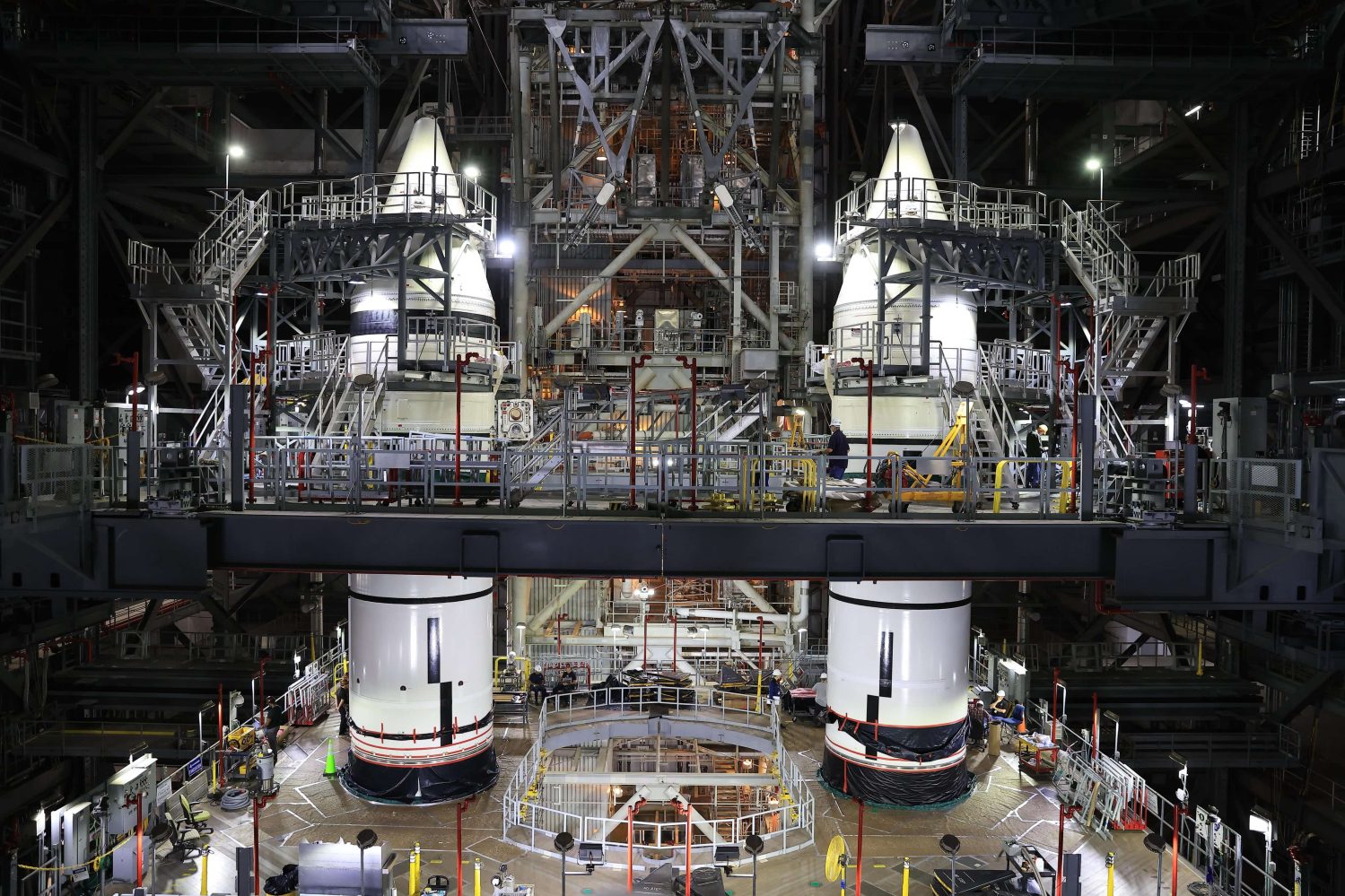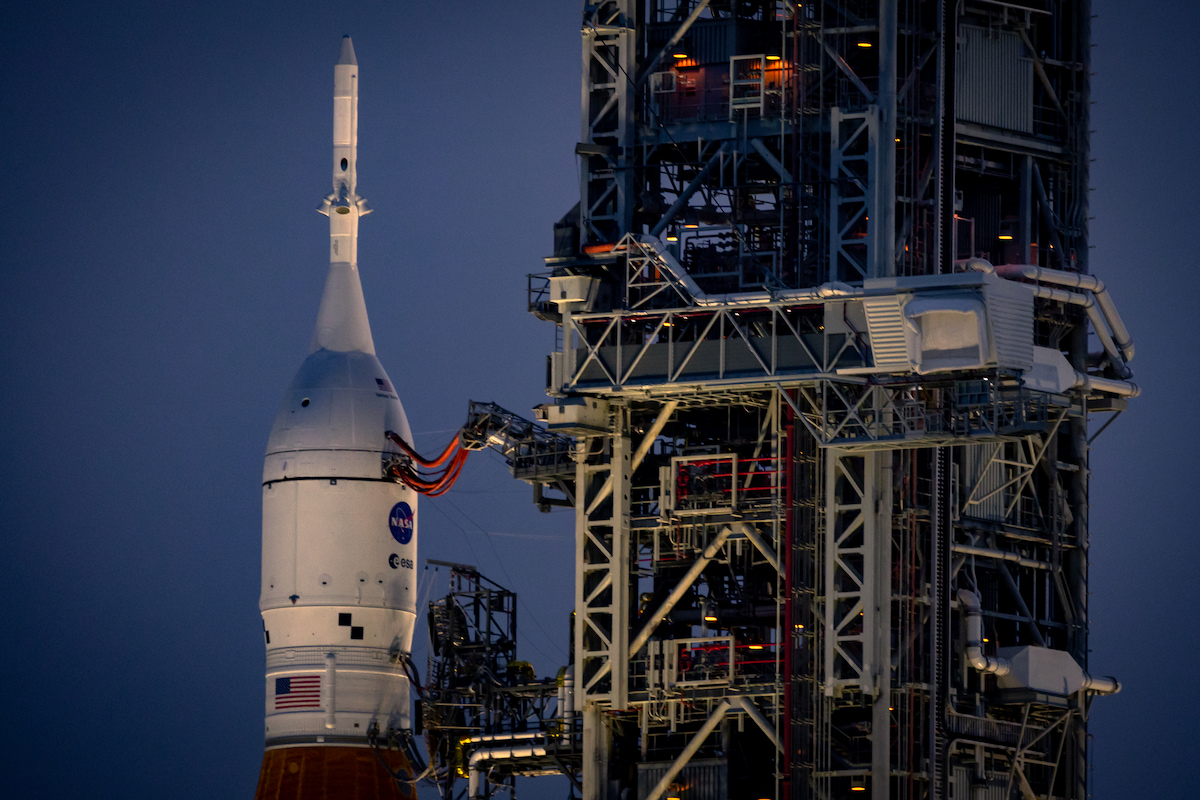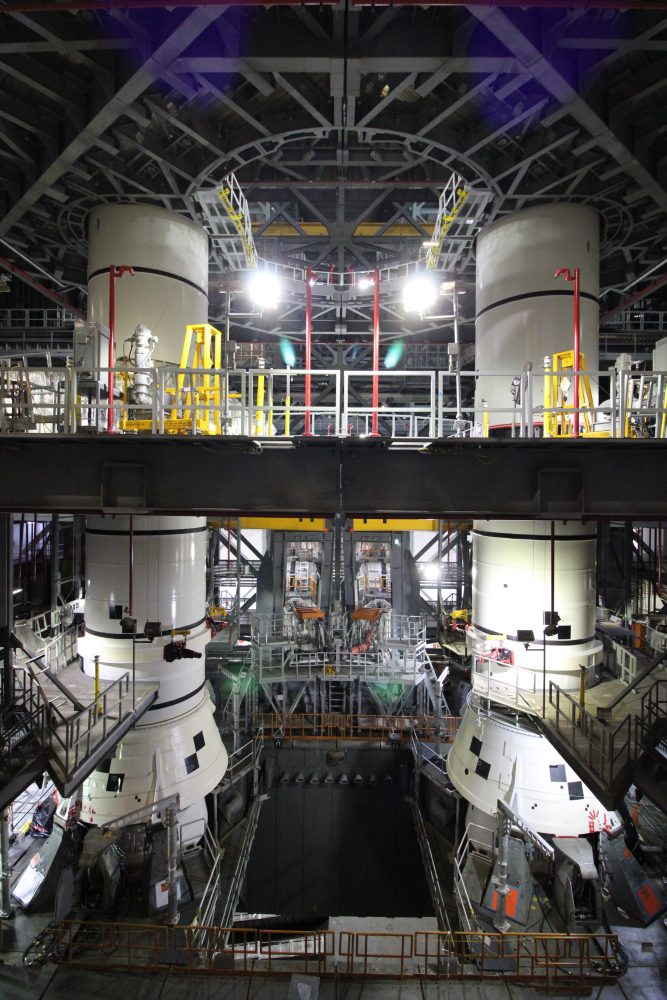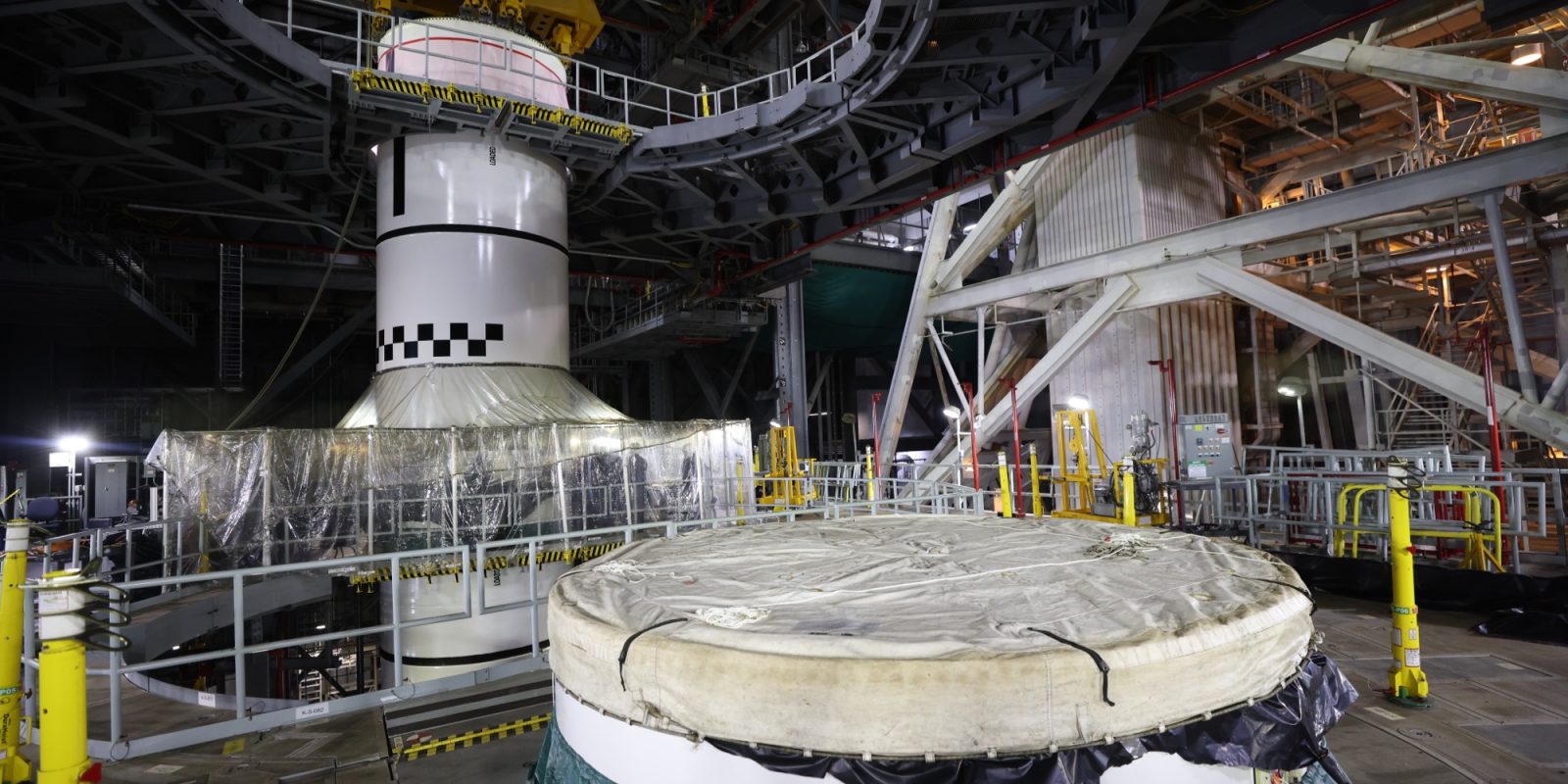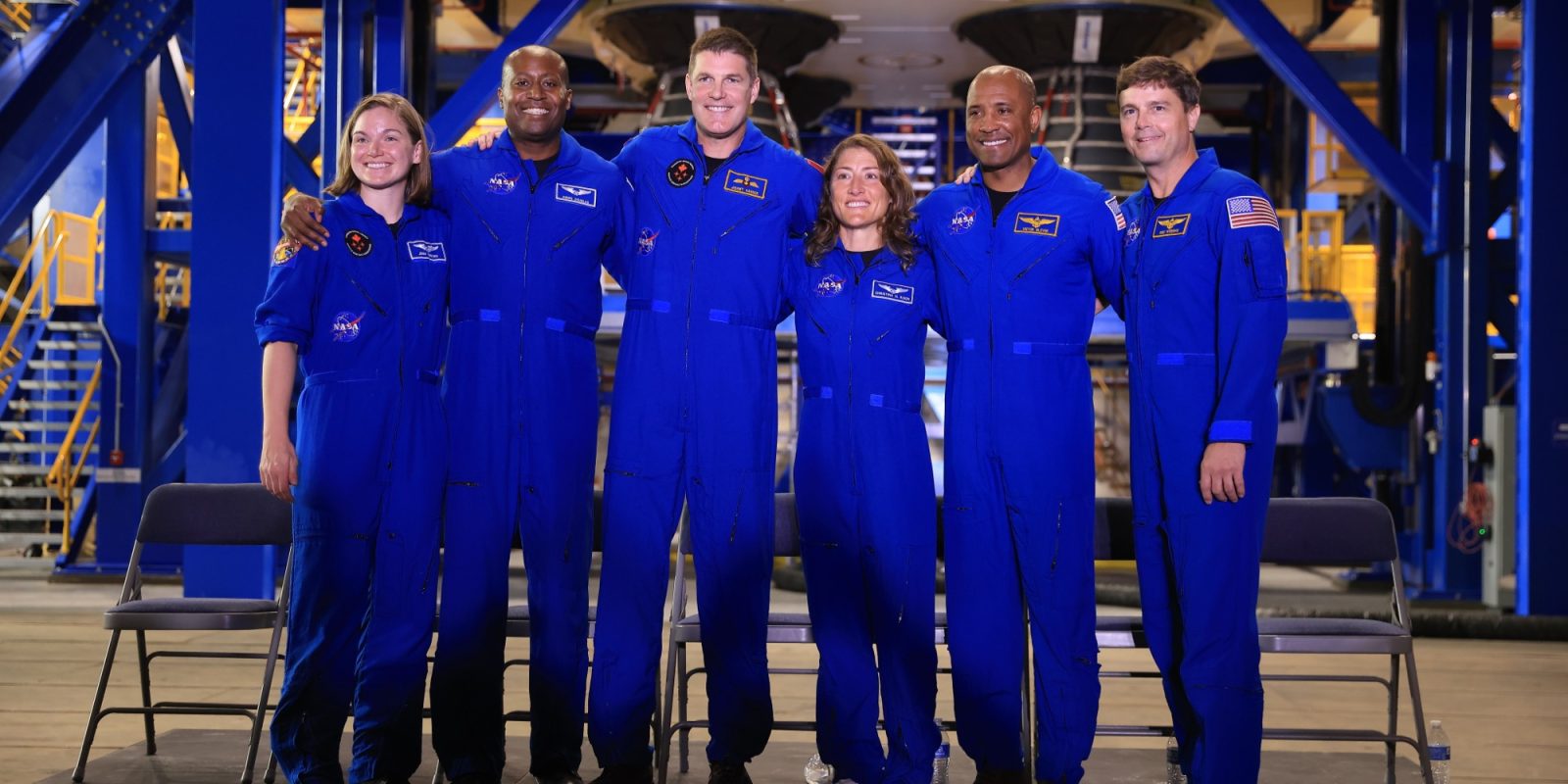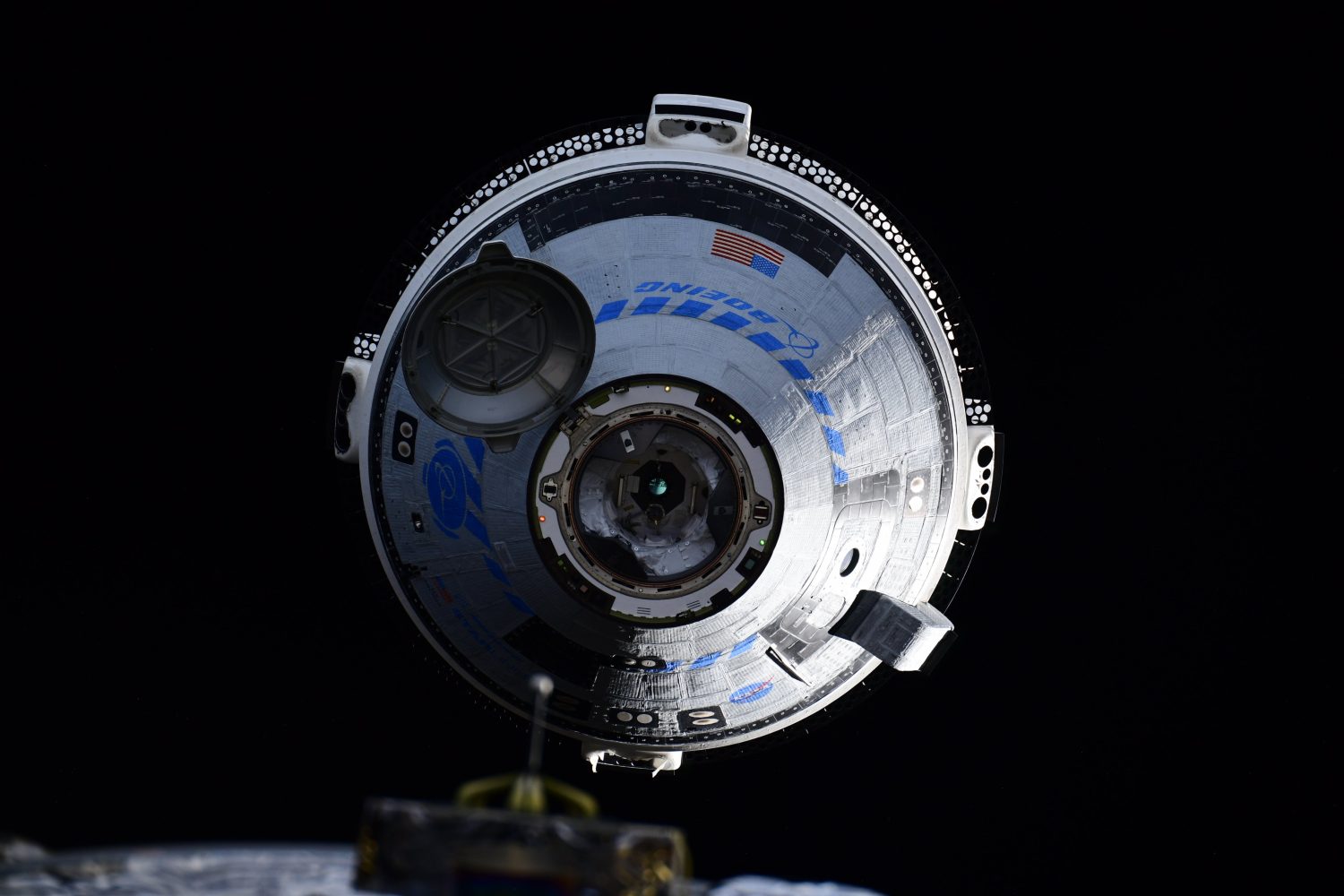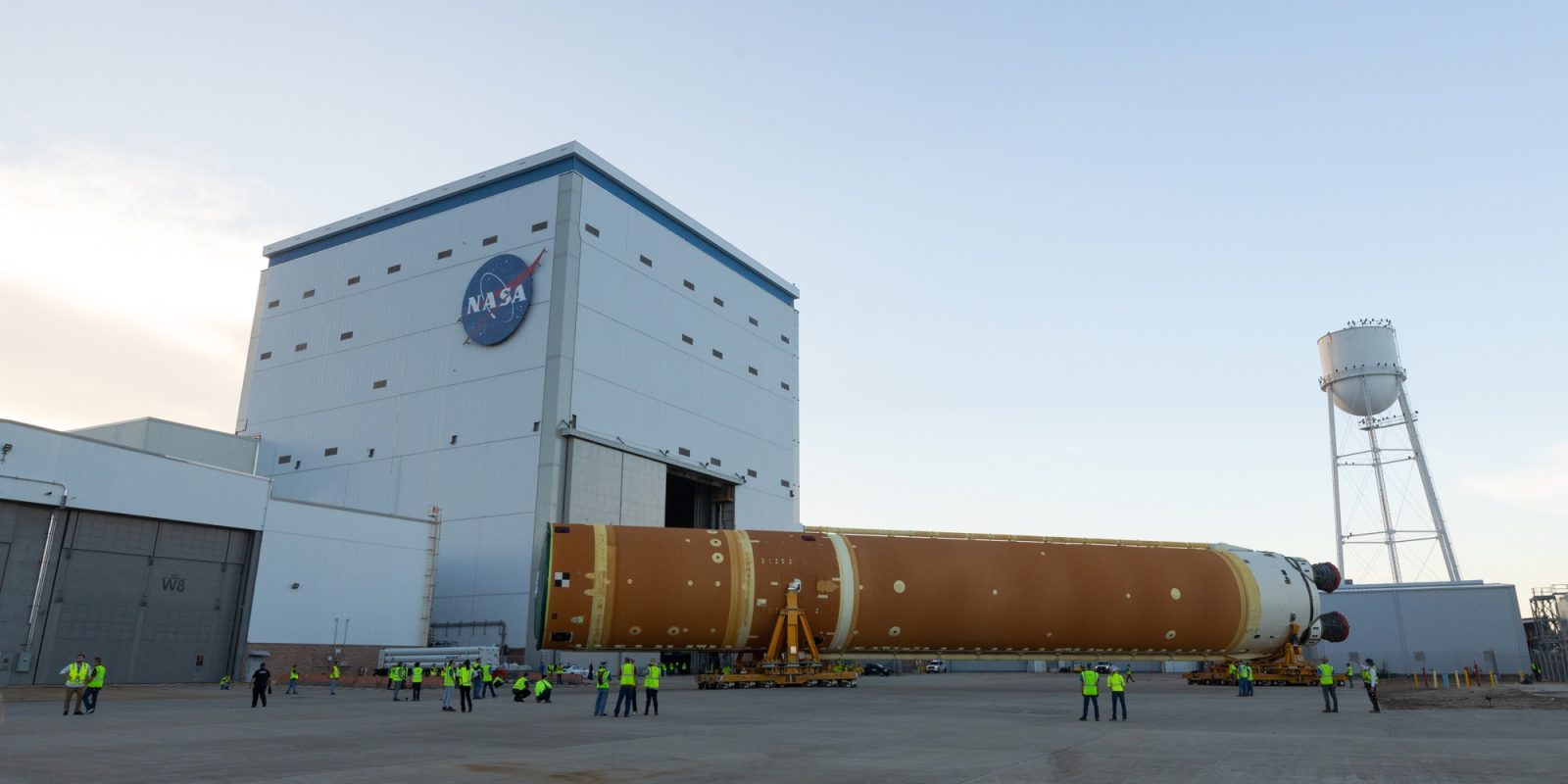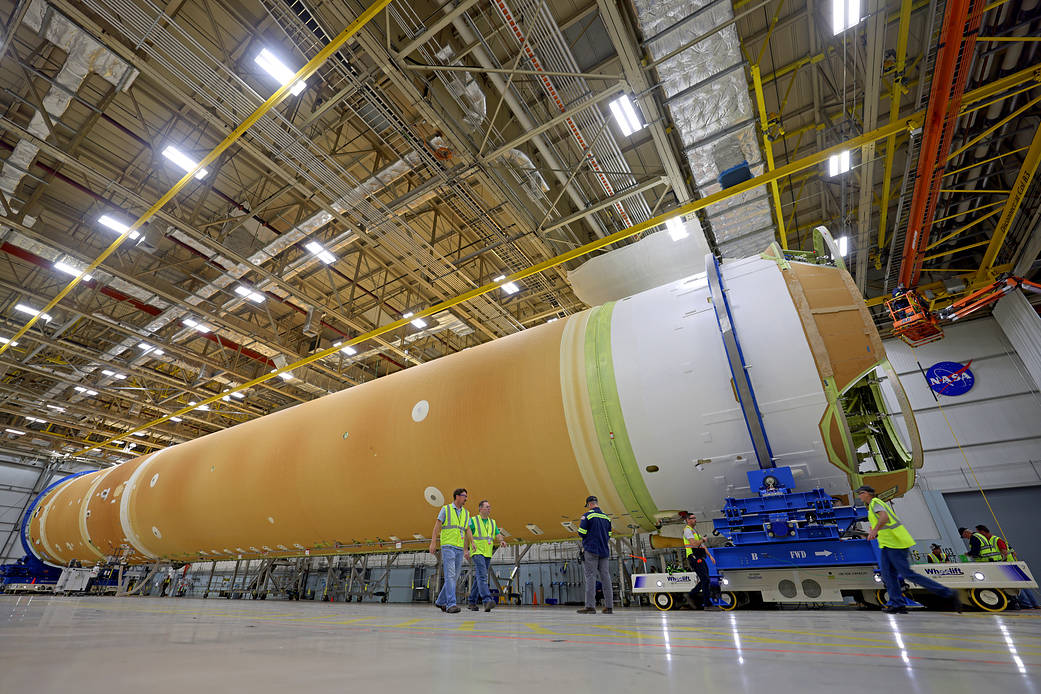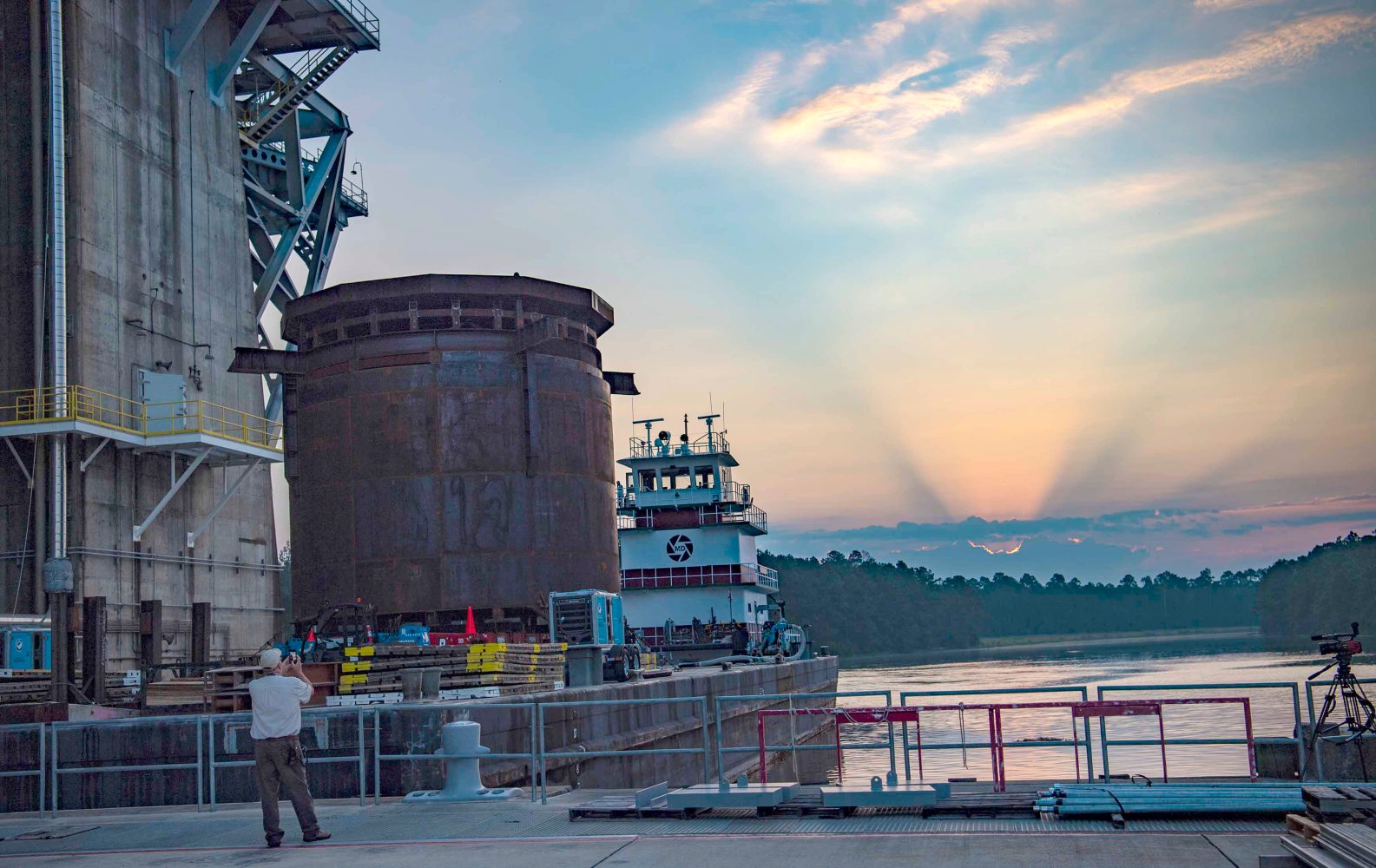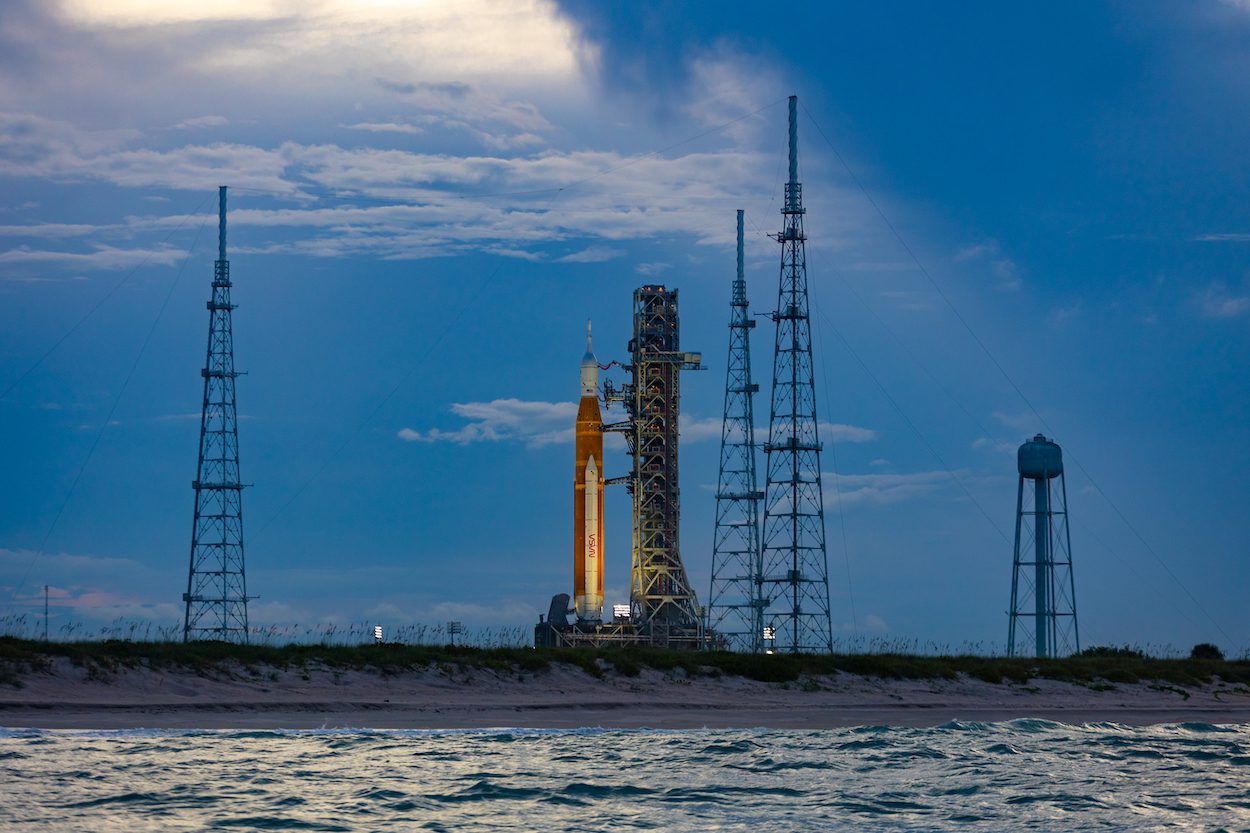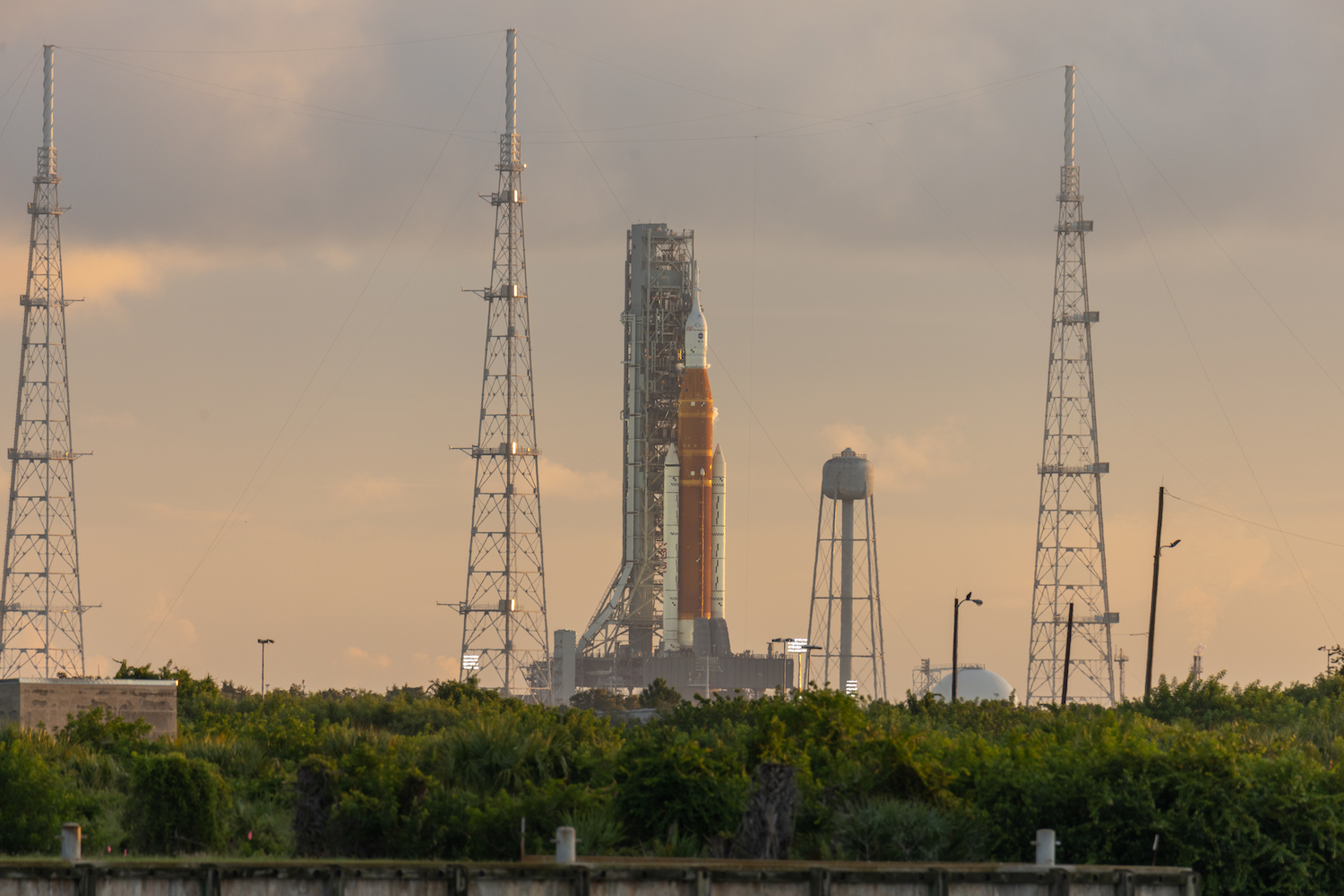Artemis 2’s rocket assembly continues, finishing Core Stage

NASA’s Exploration Ground Systems (EGS) team moves quickly to prepare Artemis 2 for launch in early 2026. In March, EGS successfully stacked the Space Launch System (SLS) core stage onto the mobile launcher between the two solid rocket boosters (SRBs). The Launch Vehicle Stage Adapter (LVSA) is now part of the core stage. Alongside core stage integration, NASA has steadily progressed on the Orion spacecraft, preparing it for its first crewed mission around the Moon and back.
Expand Expanding Close